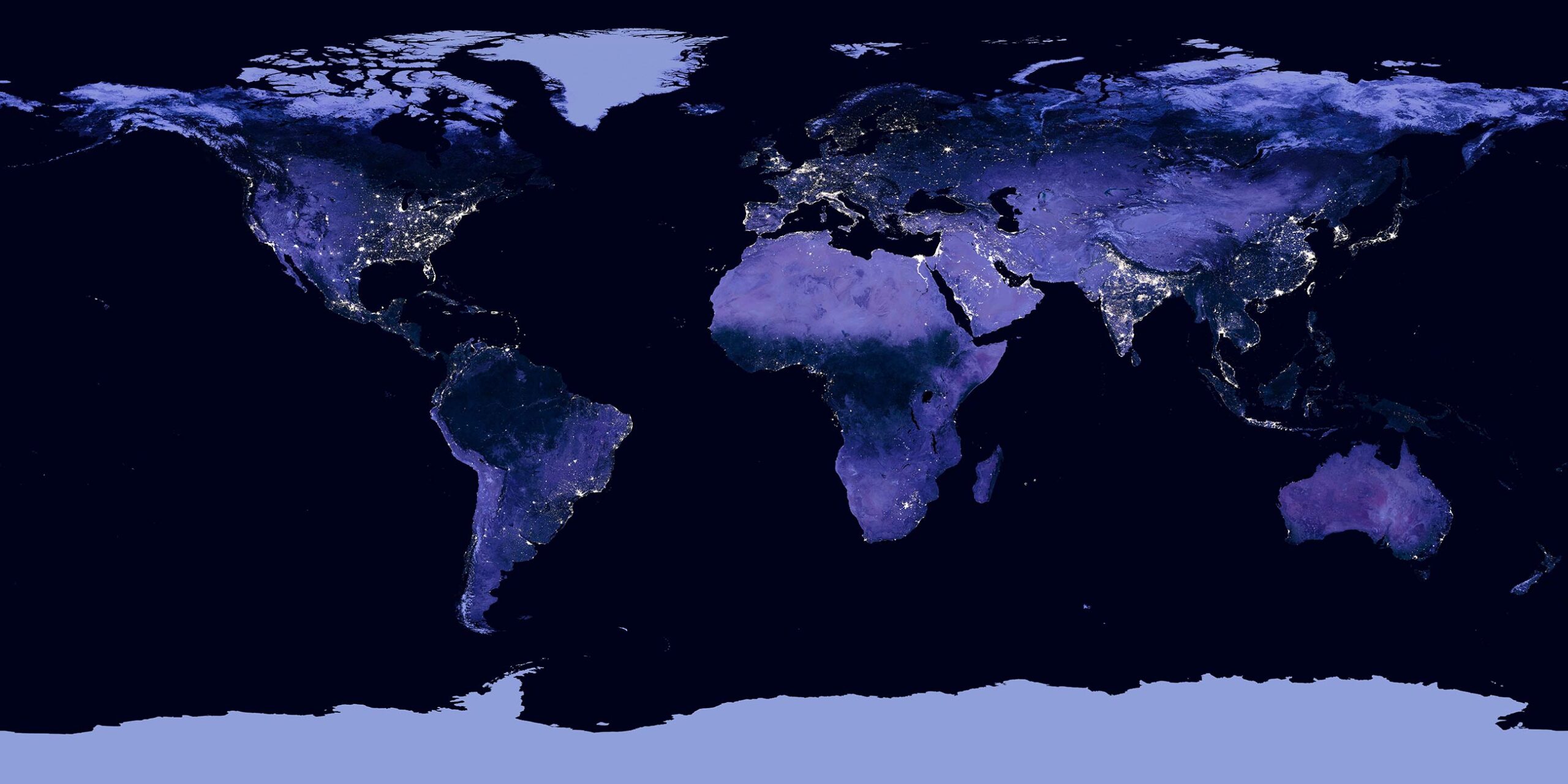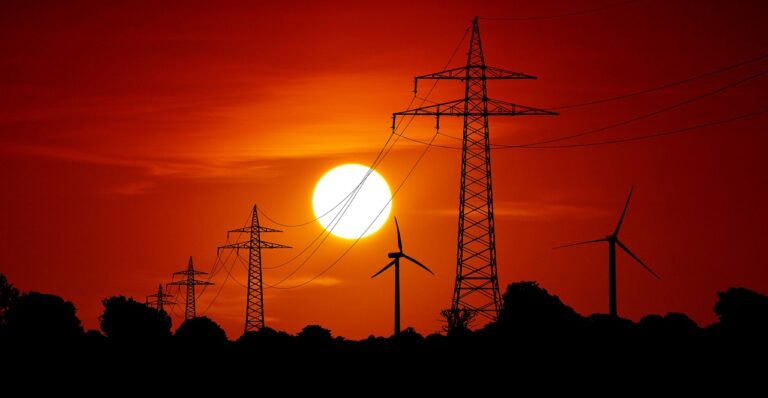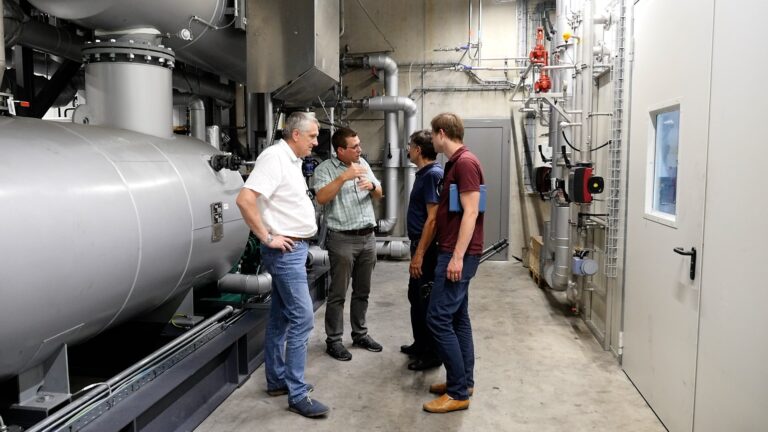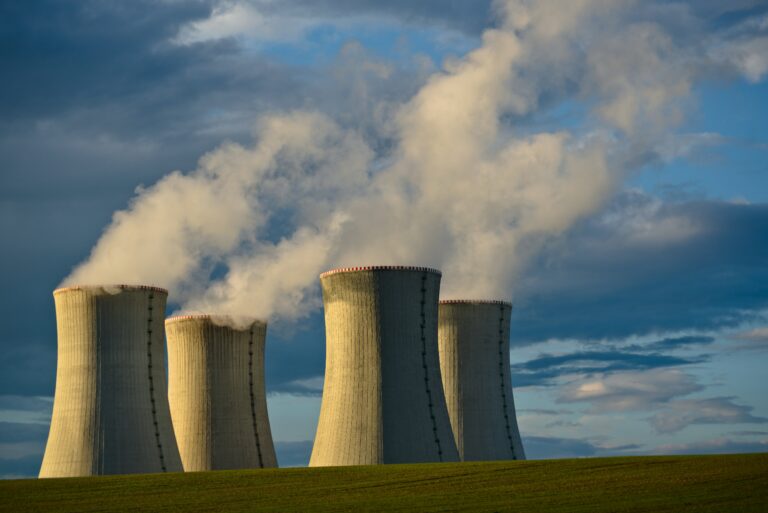Background papers

Subscribe to our newsletter
- Background papers
New GES paper: The challenge of surplus electricity. A perspective analysis up to the year 2045
Read onThe ongoing expansion of renewable energies in Germany is leading to increasing fluctuations in the …
- Background papers, Publications
The long road to Sustainable Aviation Fuels
Read onFlying has become a matter of course for many people. Air transport of people and …
- Background papers
Pyrolysing instead of burning
Read onSwitzerland is home to one of the largest and most modern pyrolysis plants in the …
- Background papers
Pyrolysis in Africa
Read onIn the GES reference solution for addressing global energy and climate issues, pyrolysis also plays …
- Background papers
GES Paper: An Effective Climate Policy for Germany: Affordable, Effective and Globally Transferable
Read onAn excerpt: “The German energy transition represents a special path in international comparison, because no …
- Articles, Background papers, Publications
Rainforest protection, reforestation and restoration of degraded soils: building blocks of the GES reference model
Read onNature-based solutions for binding CO2 play a decisive role in climate protection. The aim is …
- Background papers
Is hydrogen a climate gas?
Read onThe short answer is: No, because it does not absorb infrared radiation, like carbon dioxide …







